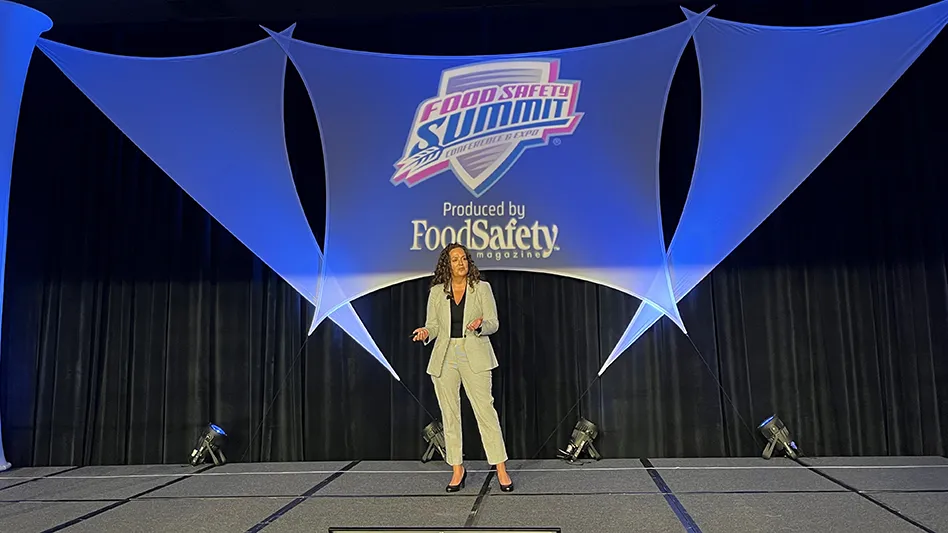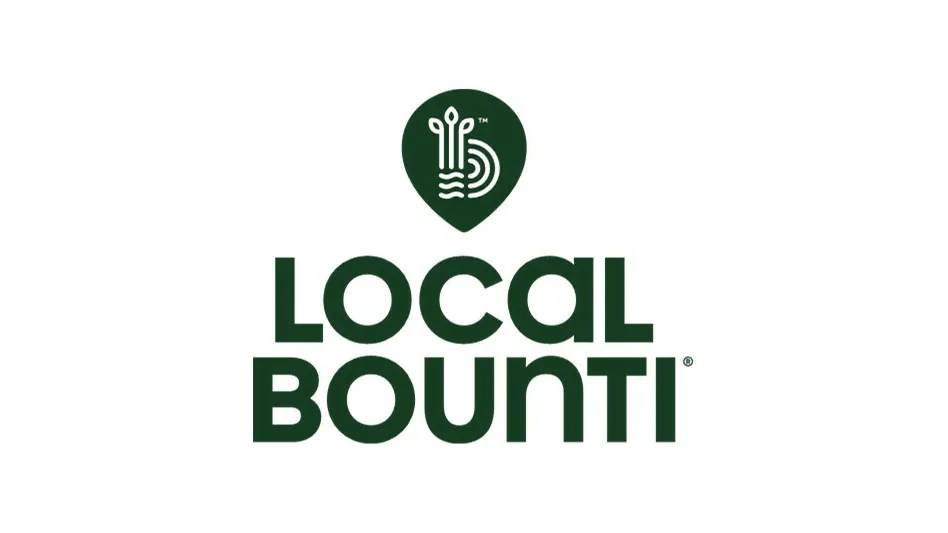 Pest control is an important component of any food or beverage plant’s food safety plan, but implementing a proactive preventive program rather than a reactive control program can provide even greater protection against adulteration from food-contaminating pests.
Pest control is an important component of any food or beverage plant’s food safety plan, but implementing a proactive preventive program rather than a reactive control program can provide even greater protection against adulteration from food-contaminating pests.
“Control has the designation of being reactive; it means a population exists and you have to deal with it,” said Massey Services Technical and Training Director Tom Jarzynka. If, on the other hand, you implement an effective pest prevention program, the opportunity for pests to come into a protected environment is greatly reduced.
“Then,” he added, “because you’ve taken away the opportunity, there is no reason for pesticide application.”
The difference between control and prevention of pests is similar to that of any potential food contaminant. Control means there is a problem and a solution needs to be found to fix it, said Adam’s Pest Control President Todd Leyse, whereas prevention means one is taking steps to keep a problem from happening.
Ten Tips. Whether conducted by in-house staff or an outside service provider, some recommendations for incorporating a preventive program include:
|
Preventing Bird Invasion Because of public perception and federal, state, and local regulations, controlling pest birds can present unique challenges. Thus, implementing preventive practices to discourage birds from taking up residence in or around the food plant can be of benefit for both food safety and public relations perspectives. “Prevention starts on the outside,“ said Mike Dougherty of Bird-B-Gone sales and training, and exterior sanitation is key. By maintaining sanitation around your plant, such as keeping trash picked up, lids closed, etc., you can greatly reduce the potential for birds living and feeding around your plant and finding ways to come in. Other bird prevention recommendations include:
Once the concern moves into the plant, it is generally more about bird control and removal than about prevention. However, netting can provide both control and prevention, said Massey Services Technical and Training Director Tom Jarzynka. Generally netting is placed on the girders of a plant because there is a problem with birds nesting in the rafters. But because the netting takes away that potential harborage area, once it is in place, it becomes preventive. But whether one is seeking to prevent or remove birds, Dougherty said, “There is no magic wand. It comes down to analyzing the situation to determine what is needed for success.” |
1. Understand your plant’s needs. The geographic area of a plant can have significant impact on pest potential. Adam’s is located in Minnesota where the cooling temperatures of autumn mean that pests begin to seek shelter in buildings. Thus, prevention can be the seasonal application of a perimeter treatment to keep insects out. For this same reason, one needs to have an understanding of the potential pests, said Adam’s Technical and Training Director Mohammad El Damir.
2. Look for conducive conditions. Pests will enter buildings in search of food, water, or shelter. Thus a preventive program needs to include a complete inspection of both the exterior and interior of the plant for potential entry points and attractants, then taking corrective action to fix these.
3. Reduce attractants. Controlling a pest problem means finding and eliminating the source—identifying the issue then trailing back to determine its origination, Jarzynka said. In the same way, to prevent pest problems, a plant should inspect for and eliminate all potential sources and attractants.
4. Pay attention to the exterior. Often, companies will take care of the inside of the facility but neglect the outdoors, El Damir said. But if outlying conditions and exterior attractants are reduced, there will be fewer pests around the exterior, thus fewer pests seeking to come into the interior.
5. Implement exclusion techniques. One of the most important areas of prevention is the closing and sealing of potential pest entry points, he added. Keeping doors closed and dock doors lowered will help, but sealing pest-sized entry points is just as critical. Rats can enter your facility and seek harborage through half-inch holes; mice through gaps of one-quarter inch; and insects through the tiniest of cracks and crevices.
6. Maintain a sanitary environment. You can prevent a great deal of chemical usage through “heavy doses of water and soap,” Jarzynka said. The cleaner the plant, the less a pest will be attracted or want to stay. If you take away its access to food and water, it will leave or starve; if you reduce clutter and seal off cracks and gaps—taking away its ability to find harborage and shelter, it will be put under a tremendous amount of stress, reducing its ability to thrive. When this is combined with the placement of traps and baits, the pest is left in exposed areas because it has no shelter and must travel farther to seek food and water. “There is greater opportunity for it to come in contact with control measures and be eliminated,” Jarzynka said. “So anything you can do from a sanitation point of view will stress the pest and enable treatment activities to be more successful.”
7. Implement an employee hygiene program. Employees can carry pests into food plants on their belongings and their clothing. Although there has long been a focus on such potential for introducing cockroach infestations, the latest trend, of which many are unaware, is the increasing potential for employees to carry in and introduce a bed bug infestation.
8. Train and educate employees. It is important to encourage a culture of prevention, educating employees to the what and the why. For example: Don’t prop doors open during breaks because any variety of pests can creep, slither, or fly in behind you. Plants need to make cultural changes, or mechanisms to keep the building secure will be of little use.
9. Maintain records for trend analysis. Both federal inspectors and third-party auditors will want to see that pest service and pest activity logbooks and records are maintained—and that steps are taken for corrective action if and when activity is found. But just as important is the data that you can extract from such records. Both Jarzynka and Leyse emphasized the importance of monitoring pest trends. By doing so, recurring problems can be detected and corrected and potential problems can be anticipated—and prevented.
10. Conduct regular assessments. At least once a year—or quarterly if feasible—inspect the entire facility, focusing on all nine steps listed above. Then assess the results for conducive conditions, structural or cultural needs, and trends; address issues; and take corrective action.
The author is Editor of QA magazine. She can be reached at llupo@gie.net.

Explore the February 2012 Issue
Check out more from this issue and find you next story to read.
Latest from Quality Assurance & Food Safety
- University of Pretoria Food Science Student Wins IFT and PepsiCo’s Academic and Travel Undergraduate Hybrid Scholarship
- Kraft Natural Cheese and Shawn Johnson East Celebrate Launch of Kraft Signature Shreds
- Natural Sourcing International Announces Voluntary Recall of Black Chia Seeds
- PTNPA's DC Fly-In Connects Members with Policymakers
- Breck Partners Acquires NPX One
- Agilent Technologies and ICAR-National Research Centre for Grapes Partner to Enhance Food Safety Standards
- USDA, HHS Announce New Actions to Reduce Impact and Spread of H5N1
- Cornell Dairy Foods Extension Offers Membrane Processing Workshop





